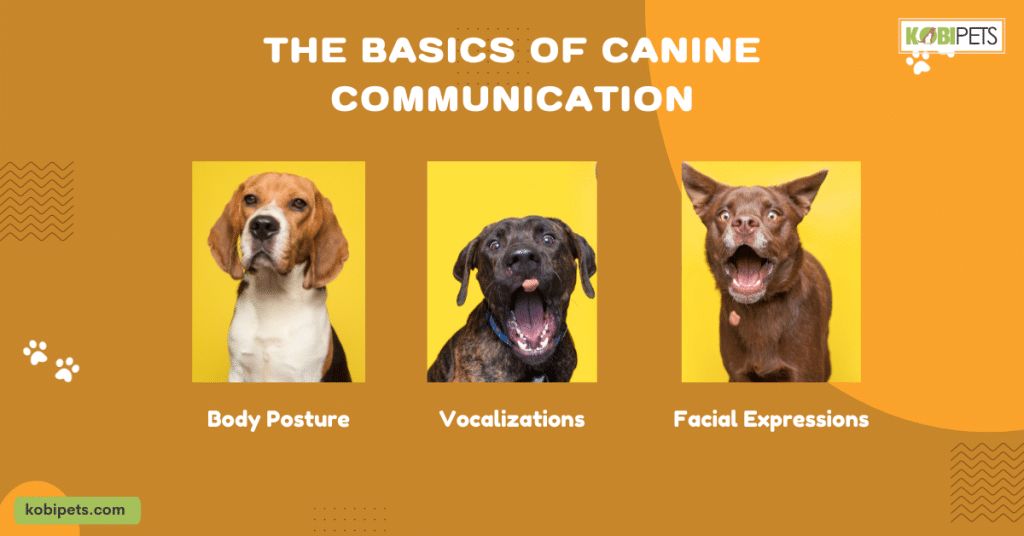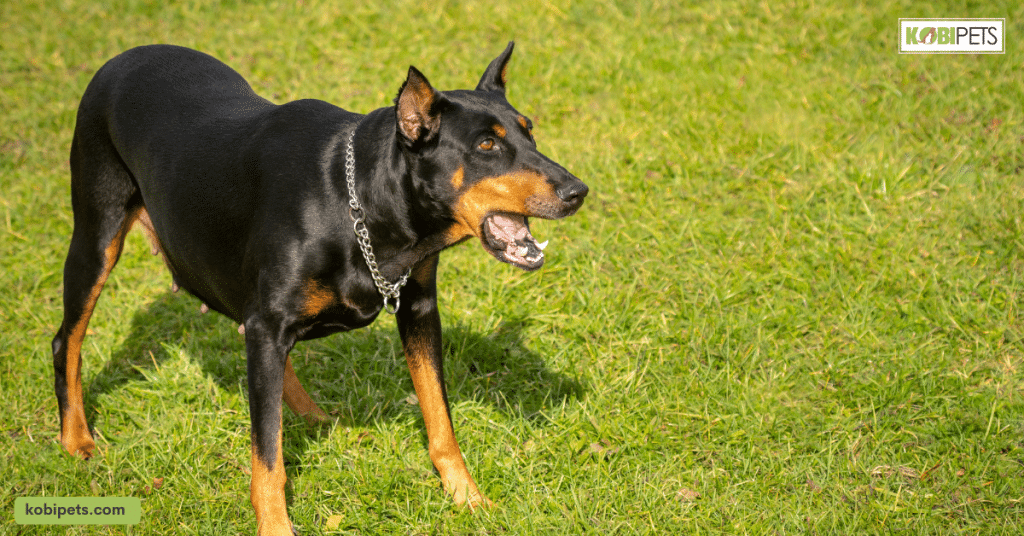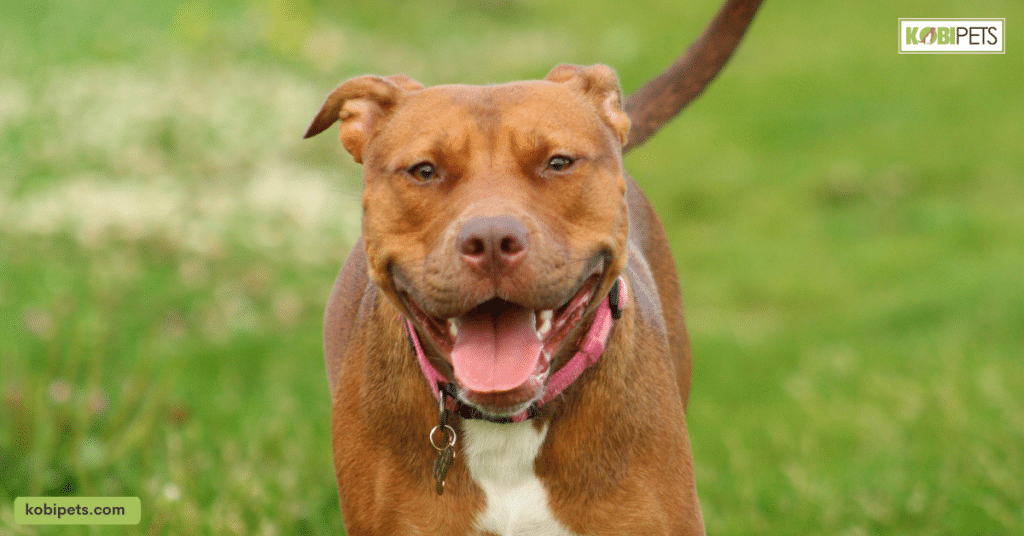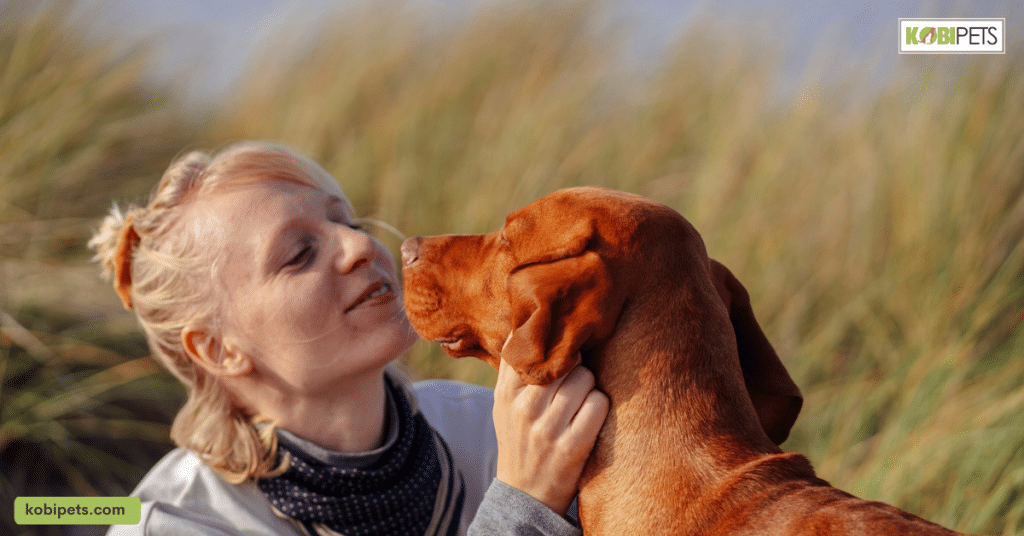
Understanding canine body language is crucial for responsible pet ownership. Dogs communicate through their posture, tail position, and facial expressions. By learning to interpret these signals, you can ensure a happier and safer relationship with your furry friend, reducing the chances of miscommunication and potential conflicts.
Dogs have a unique way of communicating, primarily through body language. As a dog owner, decoding their non-verbal cues is essential for a harmonious relationship. In this article, we’ll explore the significance of canine body language, highlighting its importance and guiding you through key aspects with the following headings. Let’s dive into the world of Understanding Canine Body Language.
The Basics of Canine Communication
Understanding how dogs communicate is crucial for pet owners. While humans communicate mainly through words, dogs rely on a language rich in non-verbal cues. In this article, we’ll delve into the core aspects of canine communication: body posture, vocalizations, and facial expressions. By decoding these signals, you’ll gain profound insights into your dog’s emotions, enhancing your bond and fostering a harmonious relationship.

The Basics of Canine Communication
Body Posture
Dogs are masters at using their bodies to communicate. Their posture can convey a wide range of emotions, intentions, and responses to various situations. Understanding the subtleties of their physical stance is essential for any dog owner. Let’s dive into this fascinating aspect of canine communication:
- Relaxed Posture: A dog in a relaxed state typically has a loose body, with their weight evenly distributed on all four paws. Their tail might wag gently, and their facial muscles are relaxed. Recognizing this posture indicates that your dog is comfortable and content.
- Alert Posture: An alert dog stands tall with their ears erect, focused on something of interest. Their tail might be raised, indicating curiosity or potential excitement. Understanding this posture helps you identify what has captured your dog’s attention.
- Submissive Posture: A submissive dog will often crouch low to the ground, avoiding direct eye contact. They may tuck their tail between their legs and exhibit tense body language. Recognizing these signs can help you respond with care and empathy to a dog feeling anxious or uncertain.
- Aggressive Posture: An aggressive dog will display assertive body language. They may raise their hackles, bare their teeth, and lean forward. This posture signals that the dog perceives a threat and is ready to defend itself. Knowing how to interpret this stance can prevent potential confrontations.
Understanding these and other postures will empower you to respond appropriately to your dog’s needs and feelings, fostering trust and open communication.

Vocalizations
Barking, growling, whining—dogs use a variety of vocalizations to convey their emotions and needs. These sounds can be as expressive as human words if we learn to listen carefully. Let’s explore the world of canine vocalizations:
- Barking: The most common form of vocalization, barking can have various meanings. A rapid, high-pitched bark might signal excitement or playfulness, while a deep, continuous bark could indicate anxiety or a perceived threat.
- Growling: Growling can be a warning sign. It may signify discomfort, fear, or a need for space. Understanding the context in which your dog growls is essential for a harmonious relationship.
- Whining: Dogs often whine when they seek attention, are in pain, or feel anxious. It’s crucial to discern the cause of the whining to address your dog’s needs effectively.
- Howling: Some dogs howl in response to sirens or other dogs’ howling. While it might seem mysterious, it’s usually a form of communication and a natural behavior for certain breeds.
By recognizing the context and nuances of these vocal cues, you’ll become adept at understanding your dog’s emotional state and responding accordingly.

Facial Expressions
A dog’s face can be a captivating canvas of emotions and intentions. Their eyes, ears, and mouth convey a wealth of information if we know where to look. Let’s explore the significance of facial expressions in canine communication:
- Eye Contact: Direct eye contact from a dog can convey various messages. A soft, relaxed gaze usually indicates affection or contentment, while a hard stare may be a sign of assertiveness or even a challenge.
- Lip Licking: Dogs may lick their lips when they are nervous or anxious. This is a subtle sign that something may be unsettling your dog.
- Yawning: Dogs often yawn when they are tired, but they can also yawn when they are stressed or uncomfortable. Recognizing this cue can help you identify when your dog needs a break from a situation.
- Ear Position: The position of a dog’s ears can also be revealing. Forward-facing ears indicate alertness or curiosity, while flattened ears can signal fear or submission.
- Mouth and Teeth: Baring teeth can be a sign of aggression or fear, while a relaxed, slightly open mouth is often a sign of contentment.
Understanding these facial cues and their nuances will enable you to respond sensitively to your dog’s emotional state, strengthening the bond between you. By grasping the basics of canine communication, you’re taking a significant step towards providing your dog with the care and understanding they deserve.

Decoding Body Posture
Ever wondered what your dog is trying to tell you with their body language? Dogs have an incredible ability to convey their emotions through posture. In this section, we’ll break down common canine postures, explaining their meanings. By the end, you’ll be well-equipped to decipher your dog’s silent language.
| Posture | Description | Meaning |
|---|---|---|
| Relaxed | Loose, wiggly body; gently wagging tail; open expression. | Comfort, contentment, and security. |
| Alert | Standing tall; ears perked up; tail held high; focused. | Full engagement and readiness. |
| Submissive | Crouching low; tail between legs; avoiding eye contact. | Deference and desire to avoid conflict. |
| Aggressive | Assertive body language; raised hackles; bared teeth; forward-leaning stance. | Readiness to defend or assert dominance. |
Understanding Their Meanings
- Enhancing Comfort: Recognizing a relaxed posture helps create a safe and content environment for your dog.
- Responding to Alerts: Identifying alert postures allows you to anticipate your dog’s actions and engage them appropriately.
- Calming Submissiveness: Responding gently to submissive postures can alleviate anxiety and strengthen trust.
- Avoiding Aggression: Understanding aggression signs empowers you to take preventive measures, ensuring the safety of your dog and others.
By mastering the art of decoding canine body postures, you gain valuable insights into your dog’s emotions and thoughts. This skill deepens your bond and enables you to respond effectively to their needs. In the next section, we’ll continue our exploration of canine communication by delving into the language of tails.

The Language of Tails
A dog’s tail is a powerful instrument of communication, expressing a wide array of emotions and intentions. Understanding tail positions is crucial. For instance, a high-held tail often signifies confidence, while a tucked tail suggests fear or submission.
Tail wagging, a well-known behavior, varies in speed and intensity, indicating different moods. A vigorously wagging tail usually conveys excitement, while a slow and stiff wag may suggest caution or potential aggression.
Interpreting a dog’s tail language is vital in various situations. It can help you navigate introductions with new dogs, promote positive interactions, and minimize misunderstandings.

Navigating Complex Situations
Understanding canine body language becomes especially crucial in complex scenarios like dog-dog interactions or meeting new people. To ensure safe and harmonious interactions, closely observe your dog’s signals for stress, discomfort, or aggression, such as tense postures or growling.
Gradual introductions and socialization are essential tools to minimize misunderstandings and promote positive encounters. Continuous learning and attentive observation are key to interpreting your dog’s unique body language, fostering trust, and preventing conflicts in these complex situations.

In conclusion
Mastering the art of deciphering canine body language is an invaluable skill for every dog owner. By understanding the subtleties of their postures, tail movements, and expressions, you can enhance your relationship with your furry companion, ensure their well-being, and navigate complex situations with confidence.
Remember that every dog is unique, and continuous observation and learning are essential for building trust and maintaining a harmonious bond. So, stay attentive, be patient, and let the silent language of your dog guide you towards a deeper understanding of their emotions and needs.






